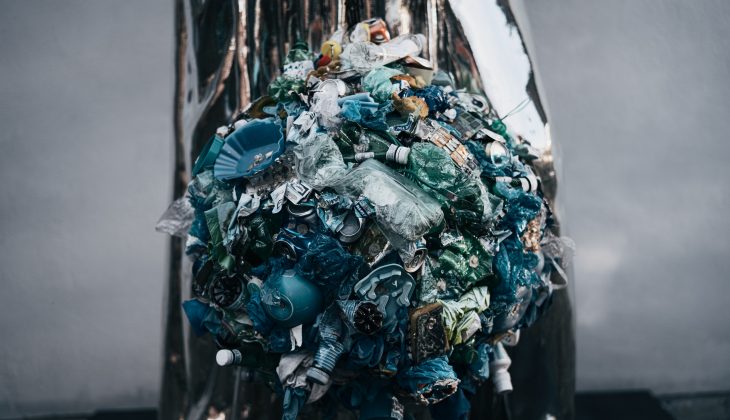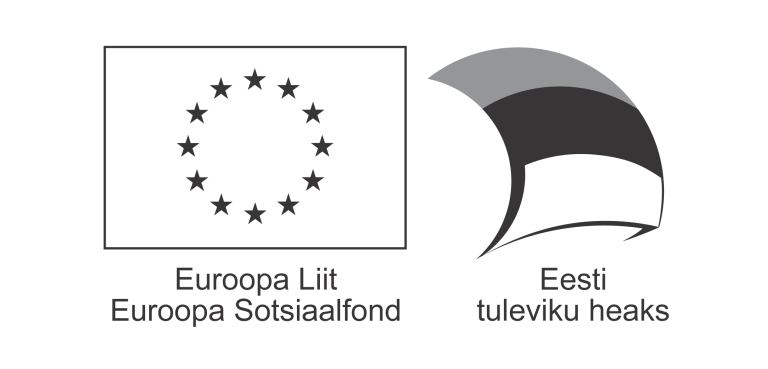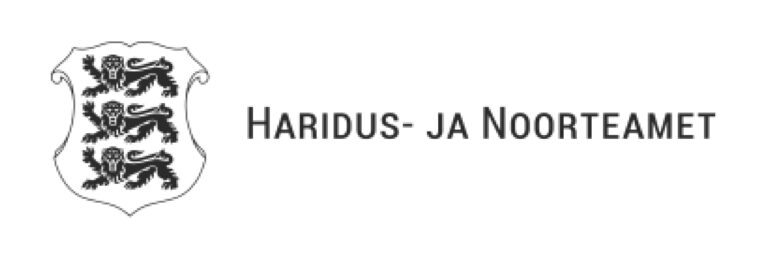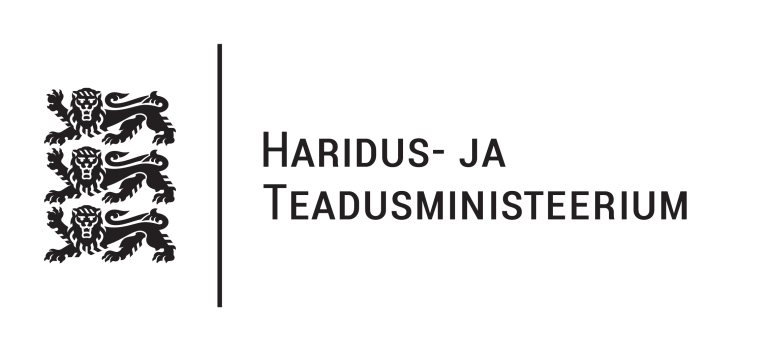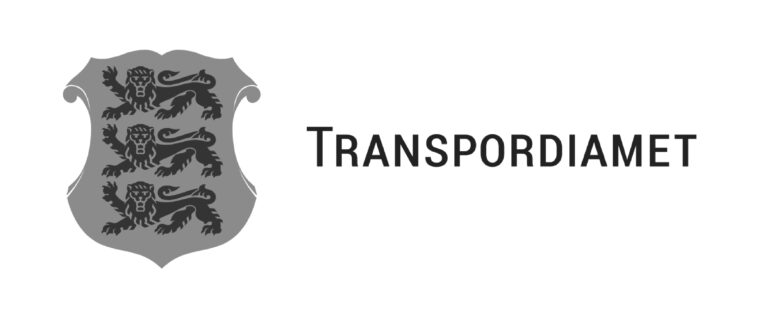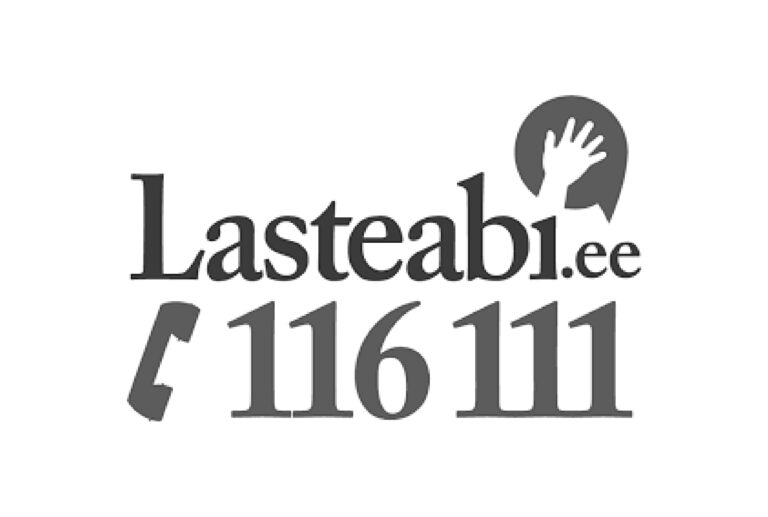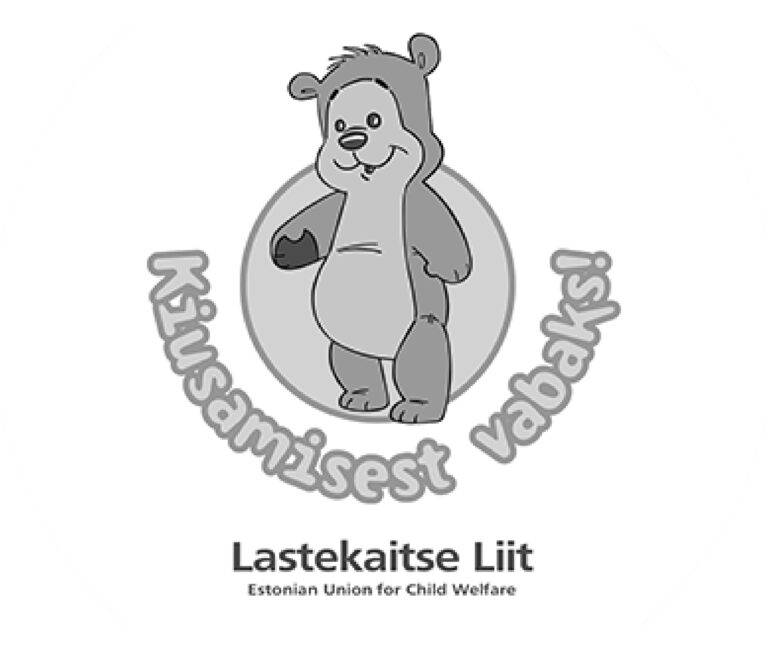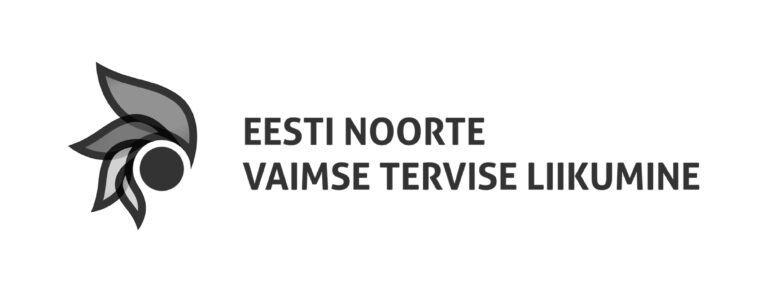A smartphone from China, music from the US, a shirt from Bangladesh, trousers from Turkey, a football from Pakistan. Everything we use has travelled thousands of kilometres before reaching us.
Business must be both efficient and profitable. This means that companies often push to produce lots of goods as cheaply as possible. Unfortunately, this also means concessions on ethical standards. Large industrial buildings, toxic chemicals, cramped spaces and poor working conditions can be the starting point for everyday consumer products.
So before you buy another new product, try to find out where and how it was made. You can get basic information about the area or conditions of manufacture, for example, from the label printed on the product or garment. Many of the products we use every day are made in developing countries, mostly because it is cheaper to manufacture in these regions. You should always ask yourself whether a new shirt or pair of jeans really needs to travel such a long way.
- One way to produce goods without harming people and the environment is to produce ethically.
- Ethical products and production principles must ensure that those who make these products have a decent living and a fair wage. After all, you would not like to get paid peanuts yourself in return for your hard work and effort.
- Ethical production also entails that the environment is not polluted, but that goods are produced in an economical and sustainable way. For instance, it is important that all textiles are actually used, and, if they are not, then they are sent for recycling or that we come up with something new and exciting.
Ethical production and recycling are becoming more and more trendy – every product has a story to tell!
This article was created by the youth information portal Teeviit and drew on information from MTÜ Mondo’s www.mondo.ee website.
Mondo is an Estonian organisation dedicated to development cooperation, humanitarian aid and global education.
Published in the youth information portal Teeviit in 2020.
